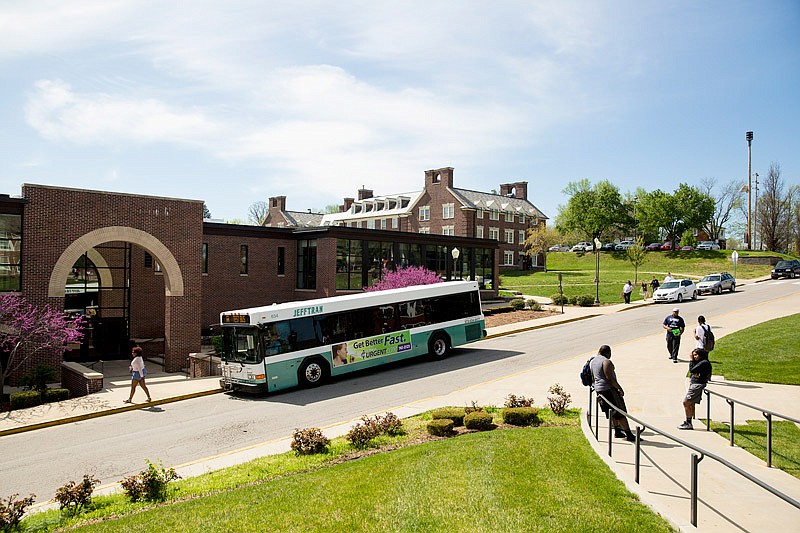Jefferson City officials plan to re-certify all Handi-Wheels riders in hopes of making the service more efficient.
During Thursday's Jefferson City Public Works and Planning Committee meeting, city staff sought the committee's approval to seek requests for proposals to re-certify users of Handi-Wheels, verifying riders are still eligible for the service.
"This is generally something that is a good idea, in our opinion, to try to save some money and make it more efficient," Jefferson City Transit Division Director Mark Mehmert said.
This will be the first time JeffTran has re-certified Handi-Wheels riders, Mehmert said.
A JeffTran study in October revealed Handi-Wheels is over-used, and the study recommended re-certifying riders.
According to the study, 3,246 individuals are listed as clients, with 2,079 active Handi-Wheels riders. In 2017, Handi-Wheels saw nearly 50,000 rides, significantly higher compared to five other peer systems.
Handi-Wheels averaged about 200 riders per day, Mehmert said, while Columbia averages 155 riders per day - even though it's about three times the size of Jefferson City.
While Mehmert thinks the bulk of riders who use Handi-Wheels are eligible for it, he said, re-certification could lead to some savings that can help fund other projects, such as changing some JeffTran routes and expanding services.
About 40 percent of JeffTran's total operating expenses go toward Handi-Wheels, according to the study.
Committee members agreed re-certification was necessary and approved city staff to pursue RFPs. If the Jefferson City Council approves a contract, the agency will contact riders for re-certification. Riders found ineligible for Handi-Wheels can go through an appeals process, Mehmert said.
Also Tuesday, city staff announced plans to amend the city code to ensure Jefferson City becomes a livable streets community.
Livable streets are designed for all types of transportation - such as sidewalks, crosswalks, accommodations for cyclists and greenway extensions. They also include amenities that add to the character of neighborhoods.
"It's a sense of place," City Engineer Bange said, adding East Capitol Avenue is a prime example of a livable street. "I don't just live in an area that's bland and looks like everything else. There's actually elements there that make it a place to live and this makes it my place. I think it makes people appreciate what they have more because it feels like home."
Livable streets are more accommodating to residents and attract visitors to cities, he added.
City staff already follow livable streets elements, Bange and Jefferson City Department of Public Works Director Matt Morasch said. The City Council also passed plans containing livable street features, like the Historic Southside/Old Munichburg District and Neighborhood Plan. Having those plans in the code could help the city when applying for grants, they said.
The city also passed a resolution in 2011 supporting livable streets.

